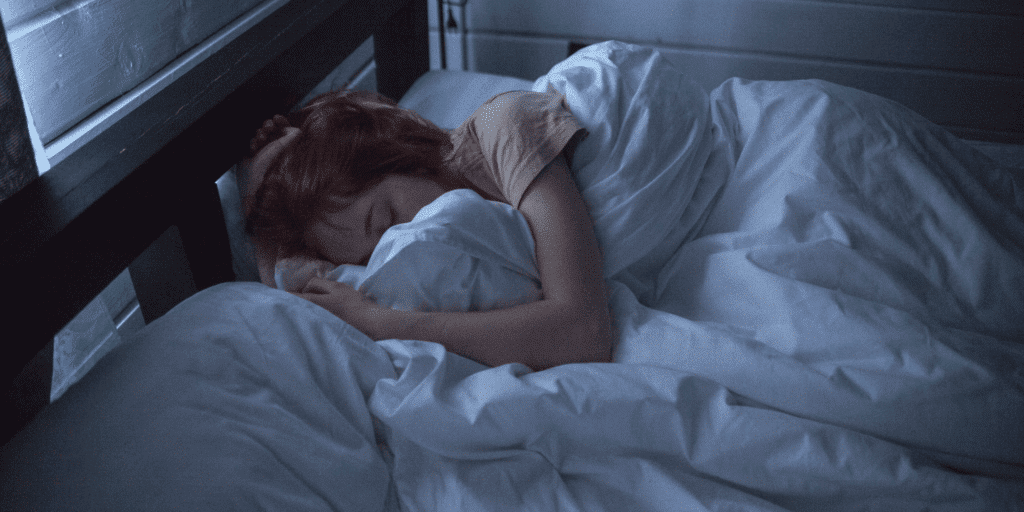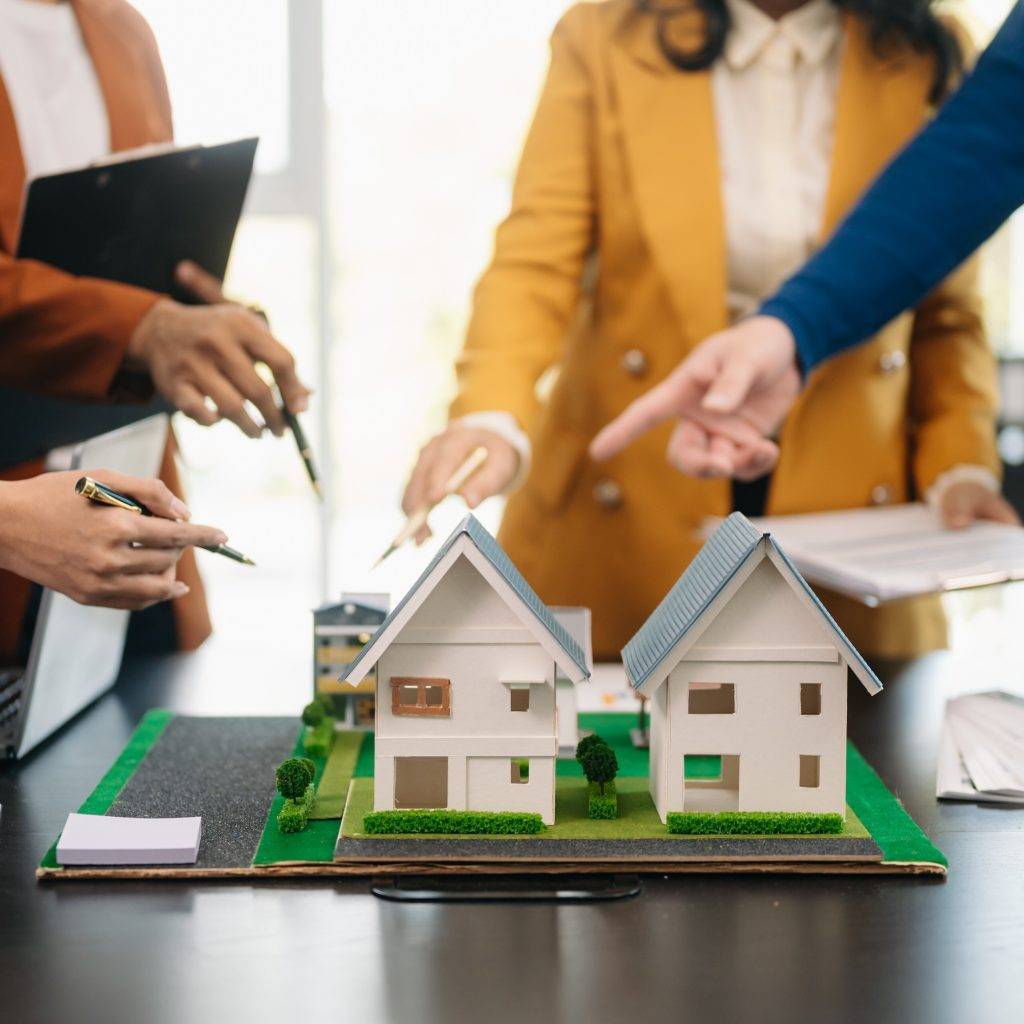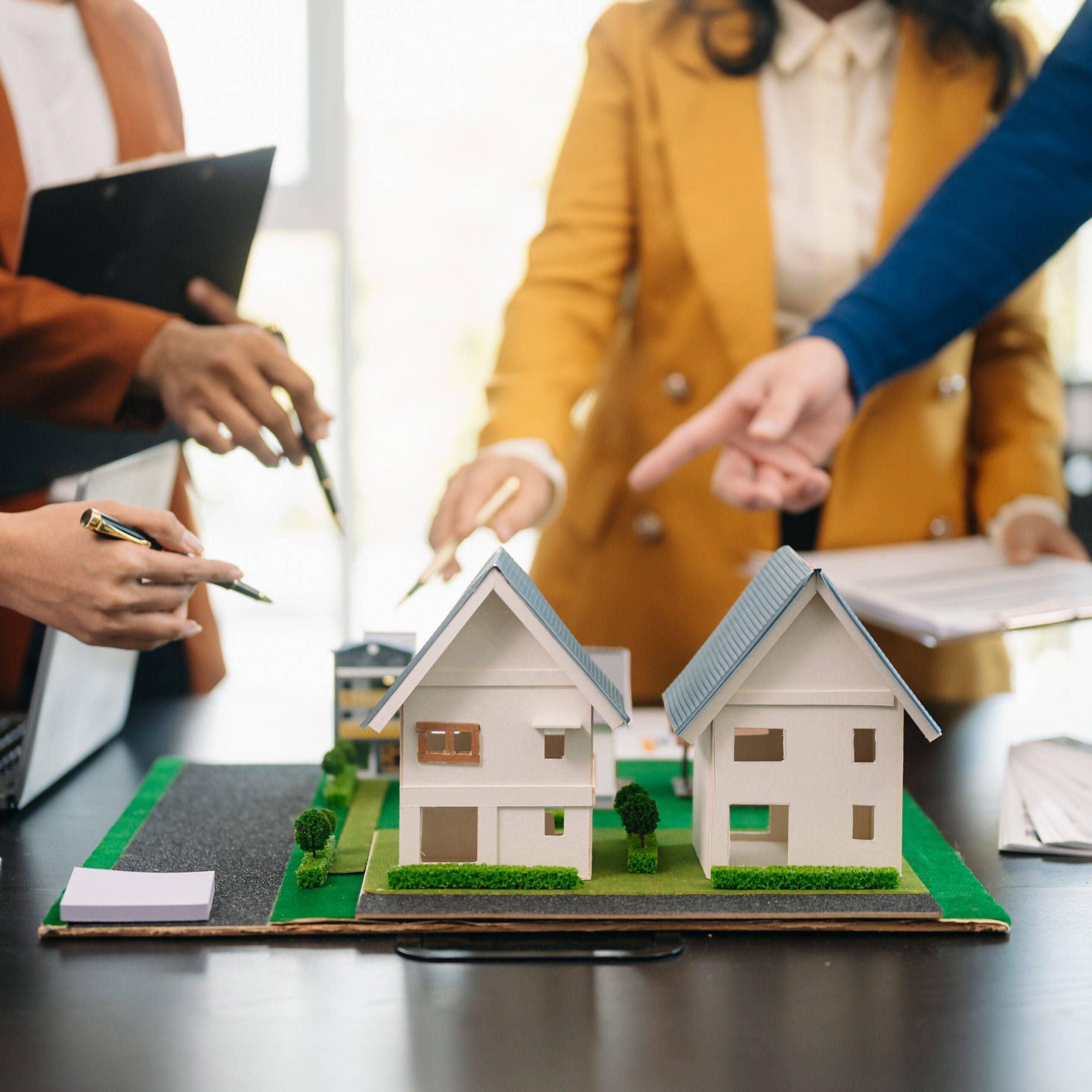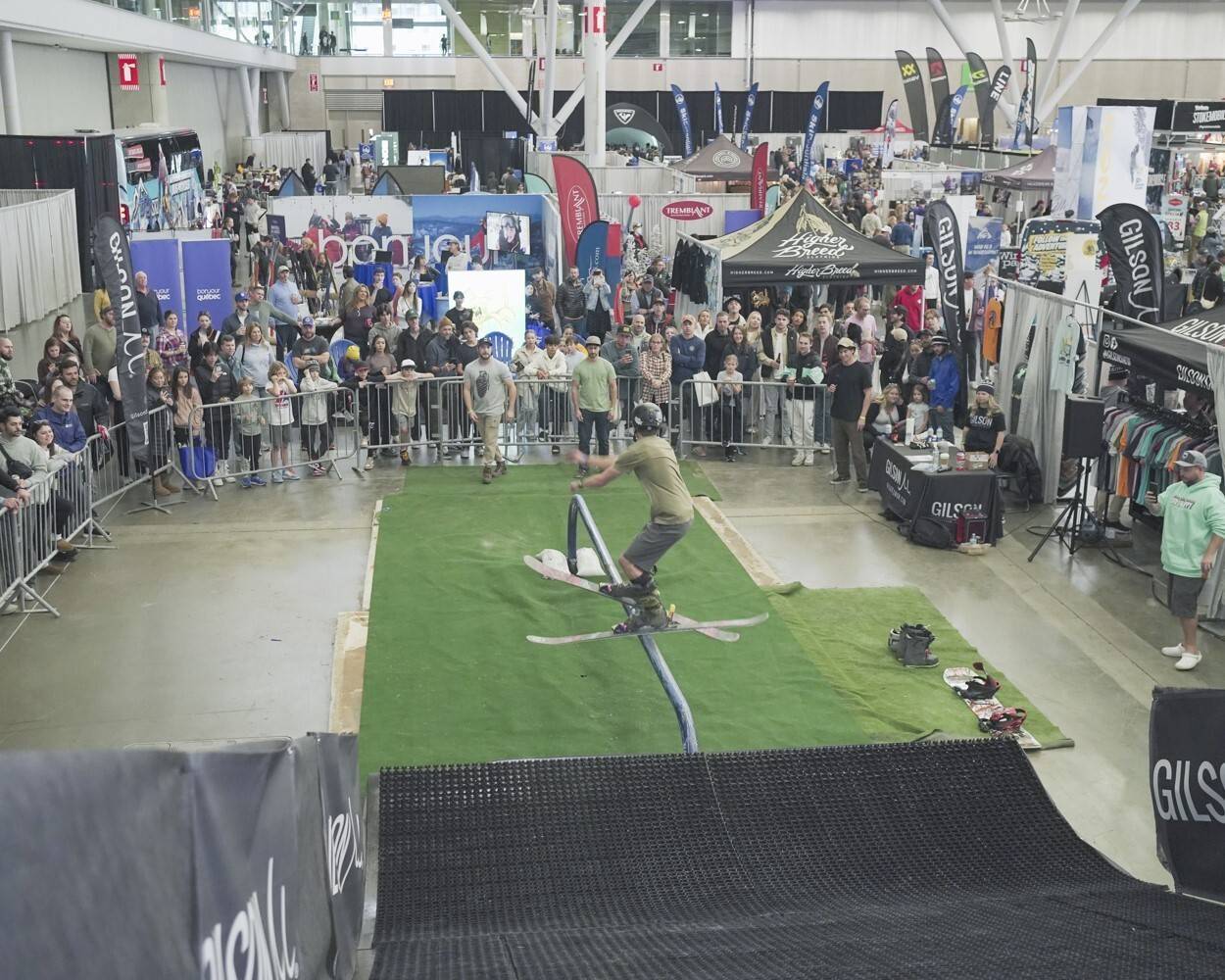Everyone can relate to the feeling of waking up and still feeling completely exhausted – feeling groggy, having heavy eyes, and absolutely dreading the long day ahead. If this sounds all too familiar and you are finding that you are regularly not getting a good night’s sleep, chances are you need to assess your sleep environment, and maybe even make some changes. When it comes to the best sleep environment, everyone has their own personal preferences when it comes to what kind of mattress they like, lighting, curtains, temperature, and more.
Check out some different things that you can consider for the best sleep environment for you and prepare for a great night’s rest!
1 – Blackout curtains.
First, make sure that you are sleeping in darkness. If you have regular curtains that work for you, you can stick to those. But, if you are finding that light is still coming through, check out some blackout curtains or room-darkening shades to keep the light out. Studies show that darkness helps to stimulate melatonin in your body, which helps you to fall asleep quicker. Also ensure that no light is coming through from other rooms in your home.
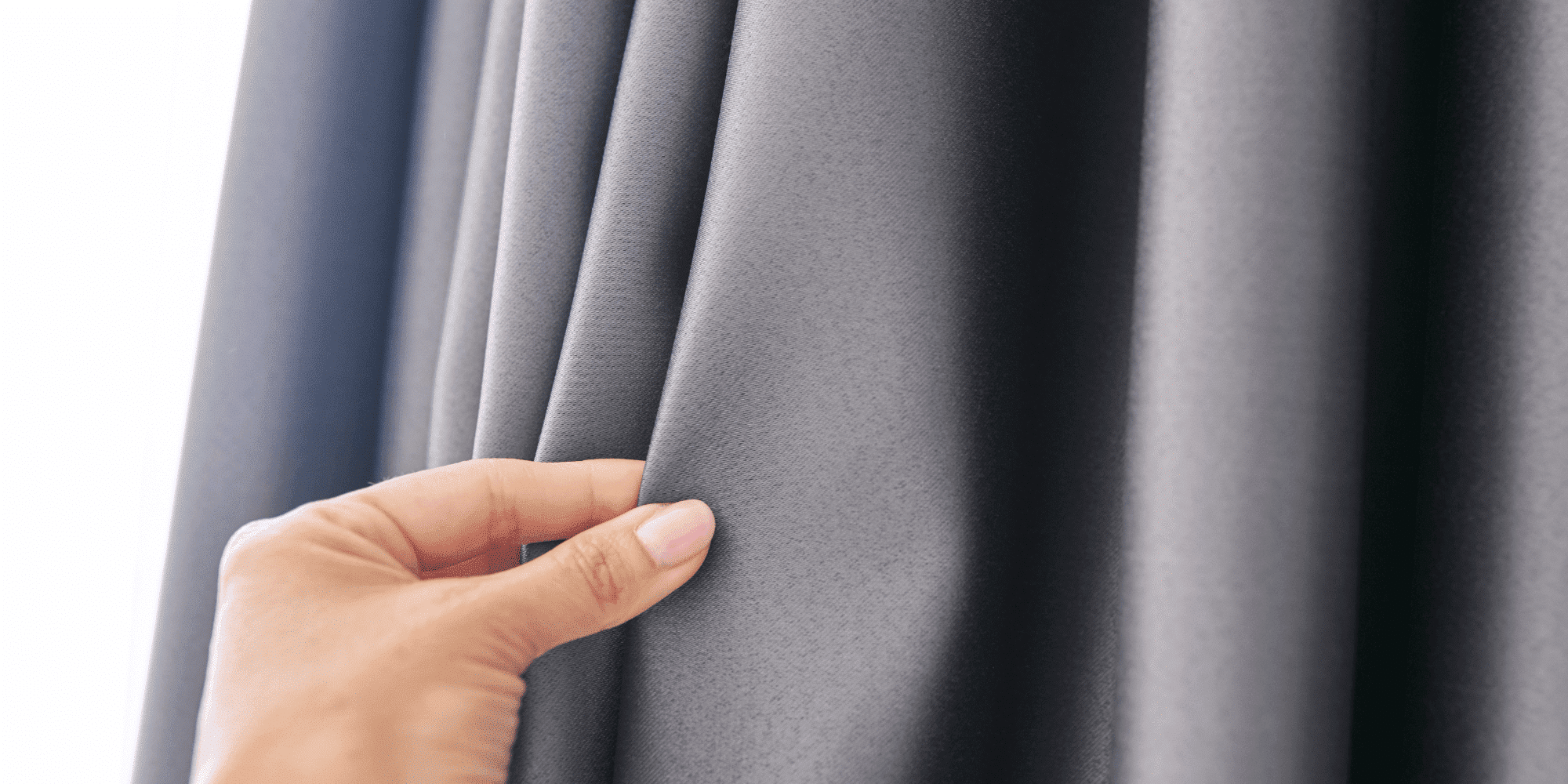
2 – A fan on the nightstand.
A fan can be a 2-for-1 in terms of helping you to sleep better. First, a fan can help create an even cooler temperature, so you do not get too hot and uncomfortable throughout the night. Not to mention, a fan provides white noise which helps many people fall asleep – and stay asleep! Sleeping with white noise not only helps us to sleep better but can also help to lower anxiety. If you are in the market for a fan for your room, consider looking into fans that double as humidifiers, so you can not only sleep better, but also keep your skin and hair hydrated, prevent the flu, and reduce snoring!
3 – Cooler temperature.
Sleeping in a cooler temperature is healthy for everyone, although the specific temperature can vary from person to person. When you are sleeping in a cold environment, your body temperature lowers which helps you to experience a deeper sleep than you would in a warmer environment. Cooler temperatures also help to stimulate melatonin as well. If you are someone who gets chilly easily – stock up on some blankets or a thicker down comforter!
4 – Find the right mattress and pillow.
It is vital that you find a mattress and pillow that works best for you. Everyone is so different in terms of preferences for a mattress – some people prefer a firm mattress, while others prefer a much softer, plusher mattress. Visit a mattress store to test out some options, and make sure that you are considering any back or neck injuries that you have to ensure that your mattress will not worsen any pain you are already experiencing. For pillows, make sure that the pillow that you choose keeps your head, neck, and spine in a neutral alignment, and consider whether you sleep on your back, stomach, or your side.
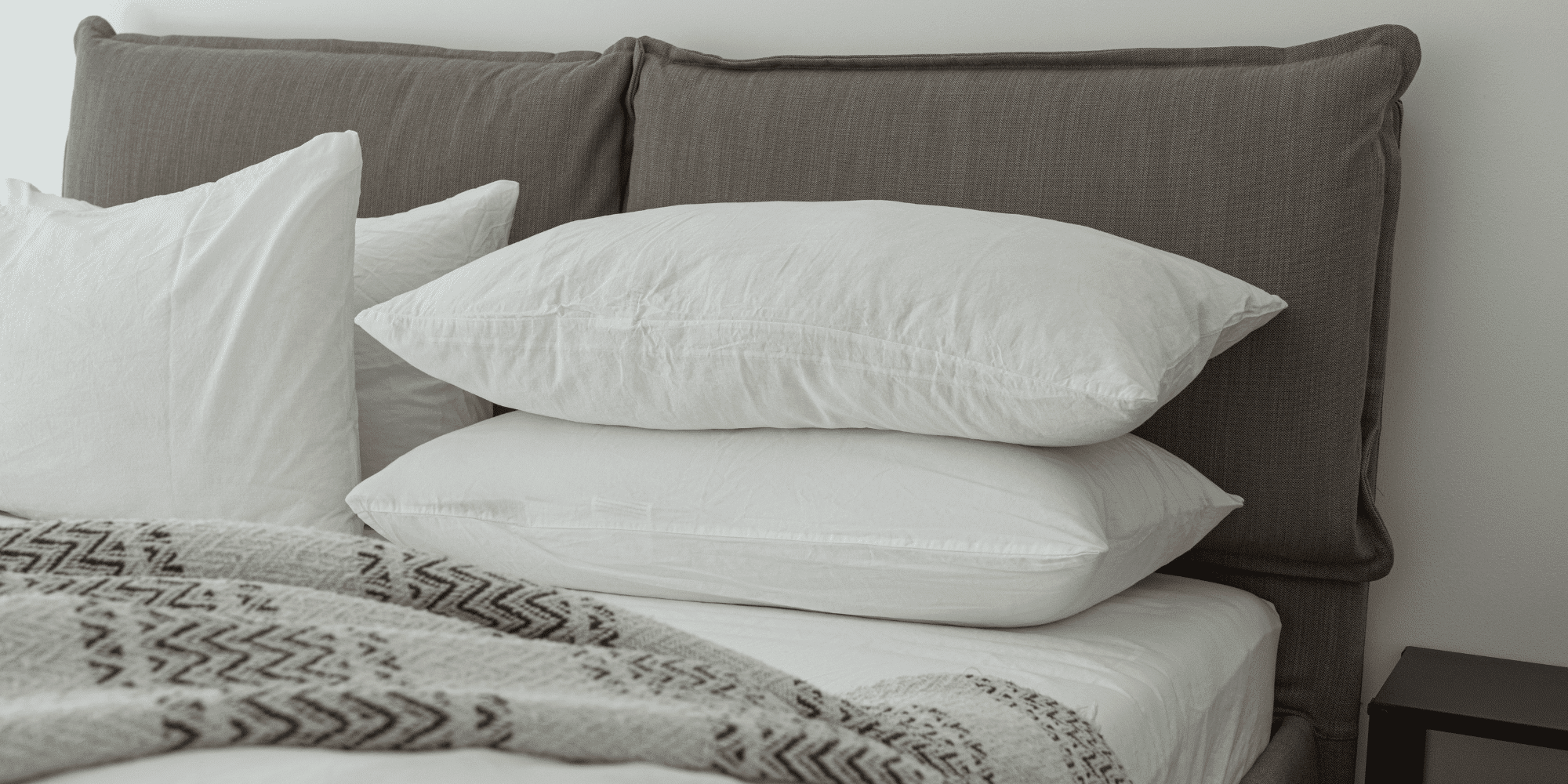
5 – Avoid watching TV or looking at your phone before bed.
We are all guilty of watching television or scrolling on our phones before we fall asleep. Unfortunately, these are some of the worst activities that we can do before we fall asleep if we want to get a good, deep sleep throughout the night. Our televisions and smartphones emit blue light that actually alters the production of melatonin and makes it harder for us to fall asleep. If possible, try to take a break from all screens for at least an hour before you fall asleep so that you are truly allowing your brain to rest.




